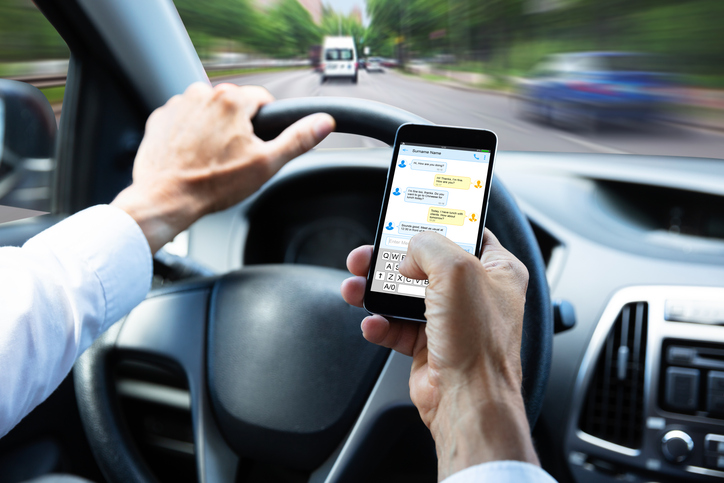The NSW government has declared its AI mobile phone detection program a success after nabbing more than 3,000 motorists in the first week of operation.

Roads minister Andrew Constance says the program has been such a success that the government plans to roll out 45 more cameras after just five fixed cameras and one mobile trailer mounted camera caught 3,303 drivers red-handed between December 1-7.
That amounted to about 500 people per day, Mr Constance said.
In a four-day period, 210 people were caught using a phone behind the wheel at Lucas Heights, 126 in Nowra and 179 crossing the Sydney Harbour Bridge.
Mr Constance said the use of the mobile trailer-mounted camera had proved to be effective.
“It is effective in terms of the portability of it … it doesn’t matter where you are in NSW, a portable camera could actually catch you out,” he said.
Machine learning to catch out offenders
The use by government agencies of automated technology has suffered a blow from the Robodebt debacle but the NSW government says human intervention in the mobile phone detection system will prevent errors being made.
Although the system uses AI technology to select offenders, the government says no fines are issued until suspect images have been verified by humans.
Bernard Carlon, Executive Director of Transport for NSW’s Centre for Road Safety, said the cameras act as a screening device to capture images, and the technology applies an algorithm to analyse them and recognise signs of phone use.
Any suspect image is sent back to be looked over by two authorised officers before action is taken.

“No fines, no warning letters are issued without two authorised officers viewing the image and verifying that there’s a mobile phone being held in somebody’s hand,” Mr Carlon told reporters.
Mr Carlon said images where the driver isn’t offending are deleted within an hour without being seen by anybody.
Because the system uses machine learning the technology will become more accurate and reliable over time, he says
“It will improve over time, and we will see a larger number of those incidents which are sent through for verification will be reduced,” Mr Carlon said.
No plans for warning signs
Currently, no signs exist to warn drivers about nearby mobile phone detection cameras, and Mr Constance said this will remain unchanged.
“By not having signs, you can create a culture across the driving community which basically ensures people behave,” he said.
“If you put a sign out near a mobile phone detection camera, the person will put the phone down, drive through the camera and then pick the phone back up again.”
Grace period
From now until the start of March 2020, drivers have been given a grace period and will only receive a warning letter if they are caught breaking this law.
After the warning phase ends, drivers will cop a $344 fine and five demerit points. The fine for being caught in a school zone will be $457.
The government has set a target to reduce the road toll by 30 per cent by 2021.





Leave a Reply